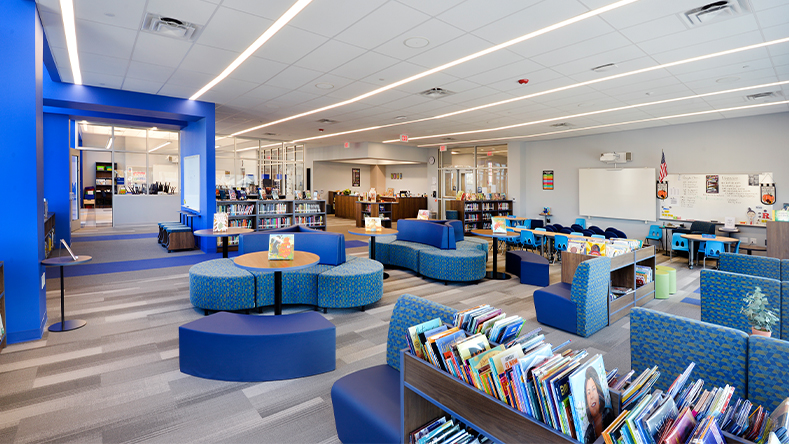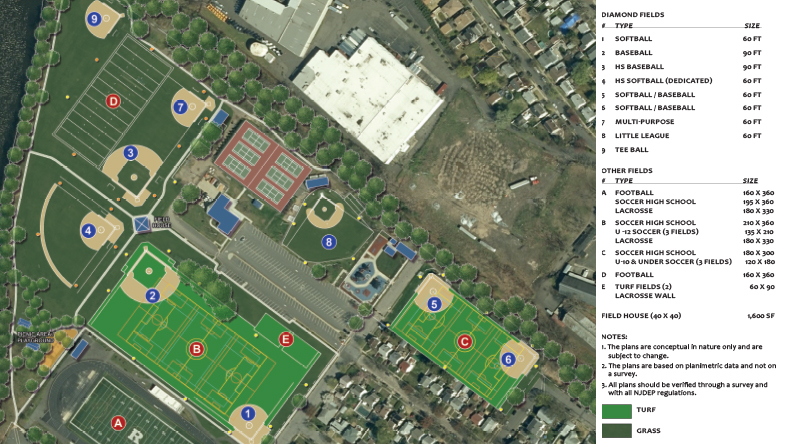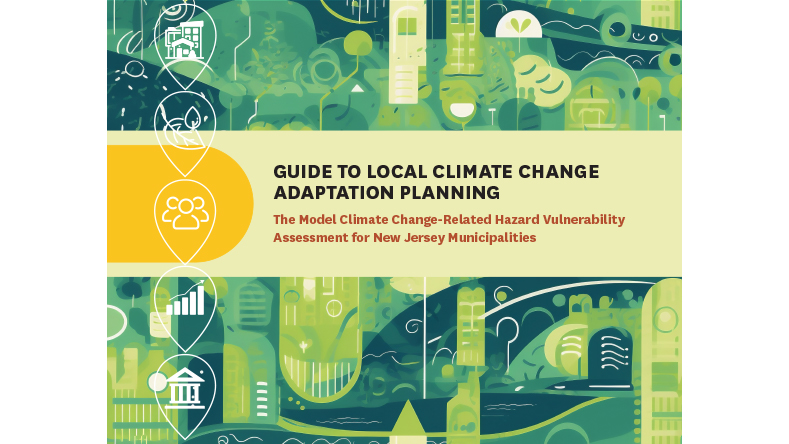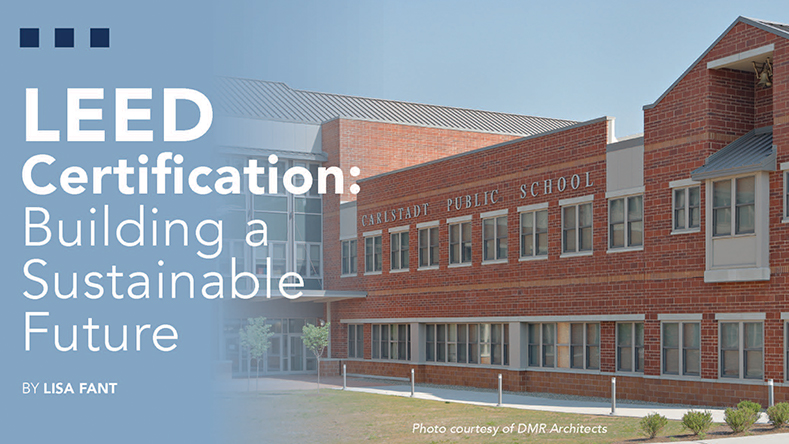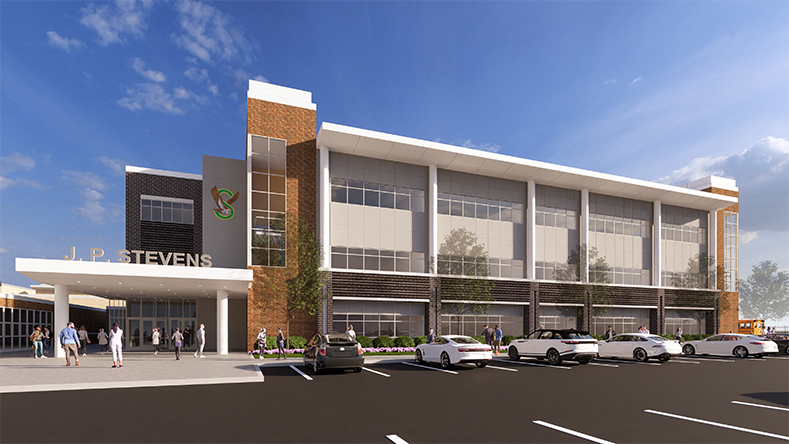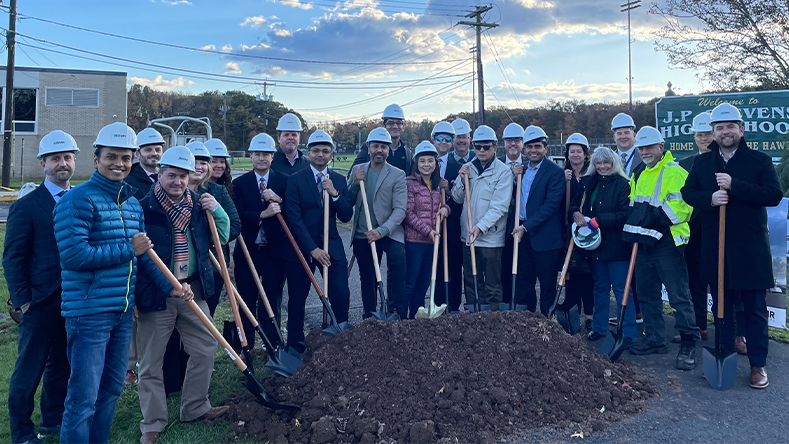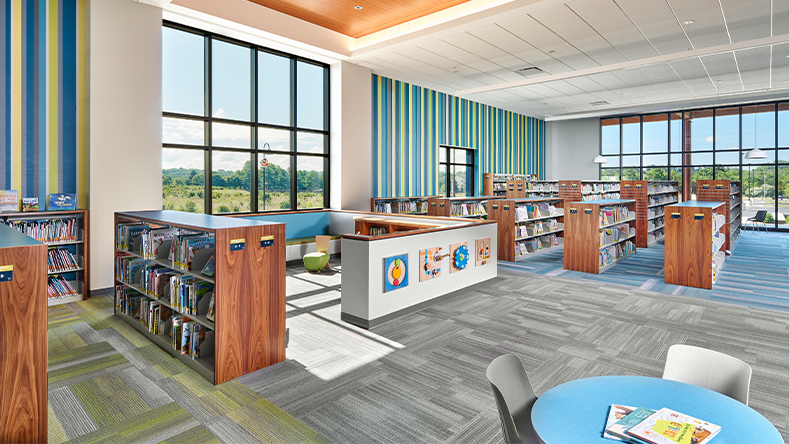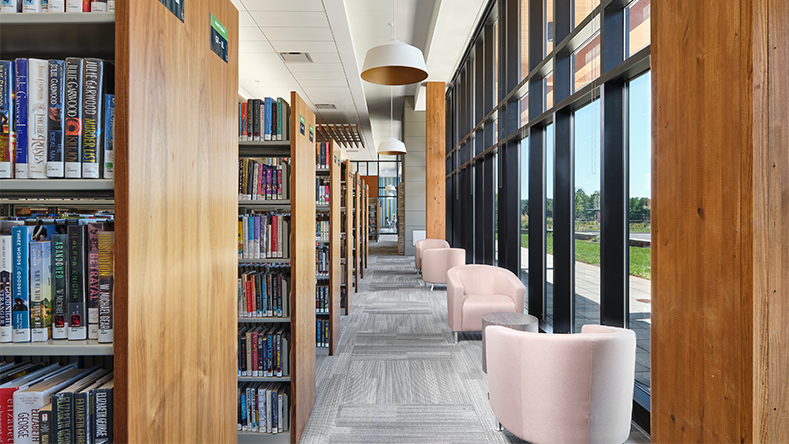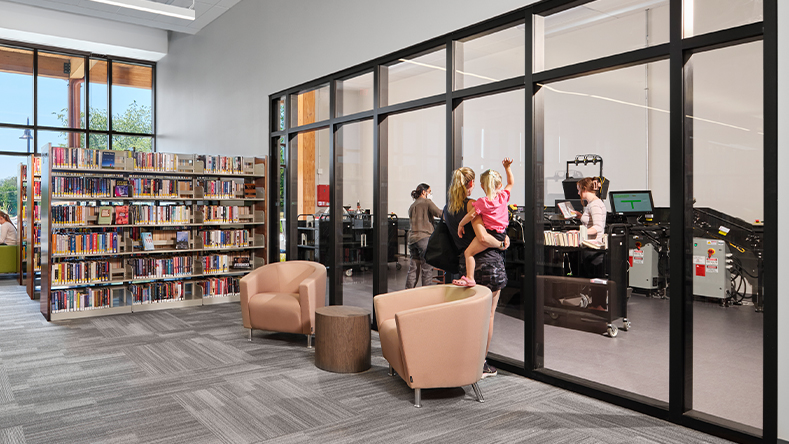Pradeep Kapoor, AIA, LEED AP BD+C, who joined DMR Architects in 2001, has been named President & Chief Executive Officer of DMR Architects. Lloyd A. Rosenberg, AIA, who founded the firm in 1991, has been named the newly created role of Chairman and will remain active in strategic initiatives.
Mr. Rosenberg’s strategy of integrating design, planning, and construction management services has resulted in it rising to the third largest architectural enterprise in the state with special strengths in municipal planning, residential, public, educational, and healthcare practice areas.
“Lloyd’s visionary leadership has not only shaped the identity of our firm, it has fostered an environment of creativity and excellence,” said Pradeep Kapoor. “His guidance has left an indelible mark and I am enthusiastic about the opportunity to build upon the remarkable legacy he has created.”
“Pradeep has grown immensely during his years at DMR and it is very gratifying to see him assume control of the day-to-day operations of the firm,” said Lloyd Rosenberg. “The culture of DMR has continuously evolved, but threshold moments like this are rare in any firm. It is especially important to me that the partners are collaborating not only in selecting a new leader but in directing the future of the firm. DMR is at the all-time height of its productivity and influence in the marketplace and is on the precipice of becoming an even greater version of itself.”




